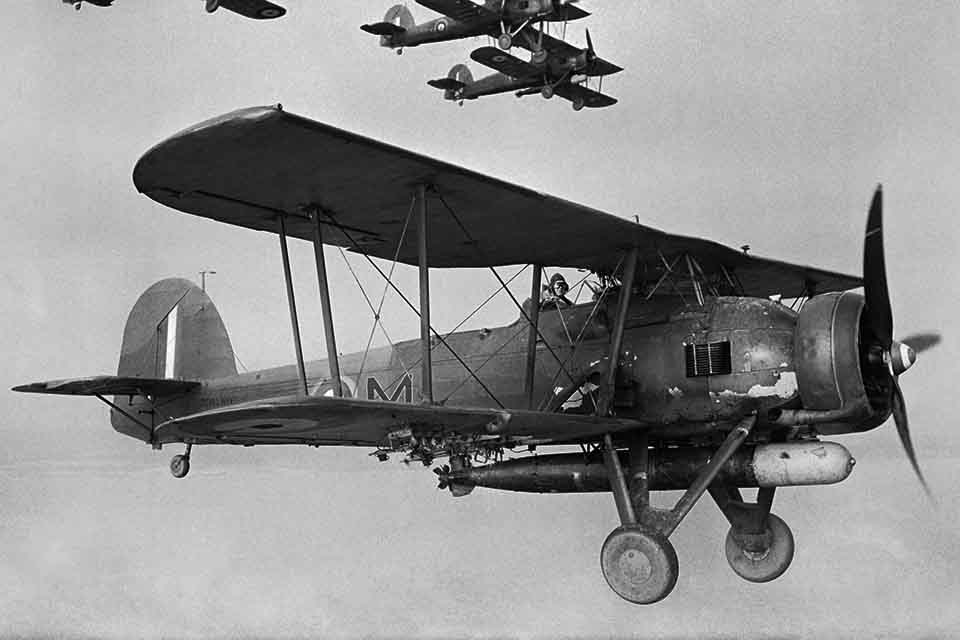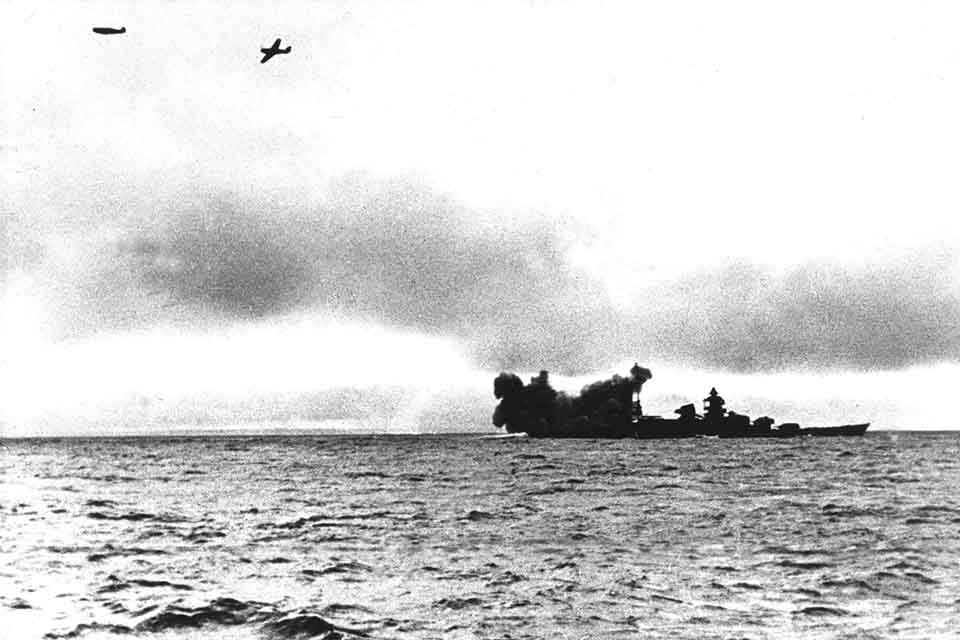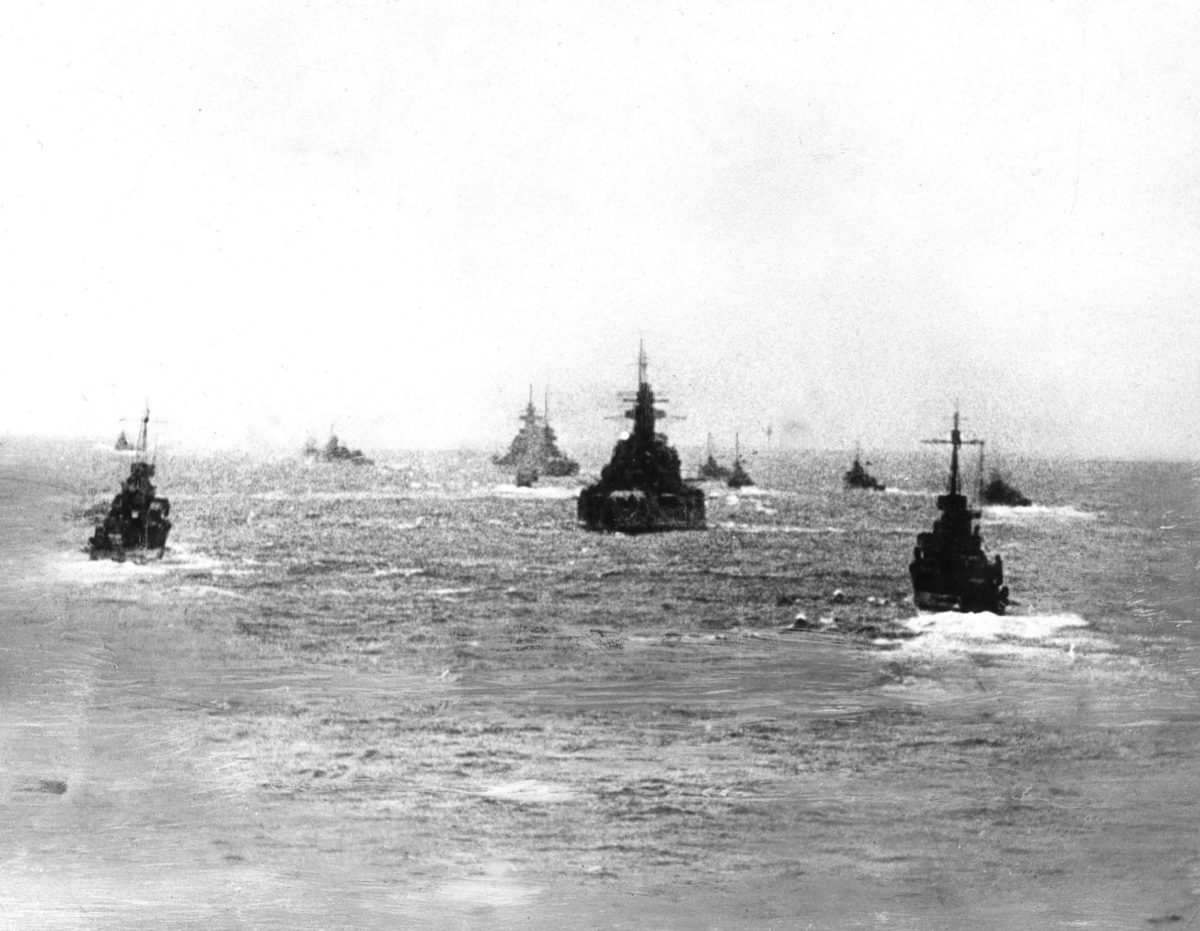On a cold February morning, 18 members of British No. 825 Squadron, Fleet Air Arm, took off in six Fairey Swordfish on what amounted to a suicide mission. Their assignment: to torpedo a German flotilla in transit from France to Germany via the English Channel. Within 20 minutes of leaving the airfield at Manston, near the Straits of Dover, all the Swordfish had been shot down. Only five crewmen would survive what came to be known as the Channel Dash.

Why did a handful of obsolete biplanes take on the battlecruisers Scharnhorst and Gneisenau and heavy cruiser Prinz Eugen— plus destroyers, flak ships and a swarm of fighter planes? Due to radar and communications snafus, the “Stringbags” were the only aircraft on hand at Manston once the British belatedly learned the enemy was on the move on February 12, 1942. When word reached 825 Squadron that they would be attacking the fleet, the navy fliers expected to have a sizable Supermarine Spitfire escort, as well as the support of motor torpedo boats, destroyers, bombers, fighters and coastal artillery. But the Germans slipped out of Brest at night, surprising the British. By the time RAF Bomber Command, Fighter Command and Coastal Command aircraft took off to sweep the Channel, the Swordfish had dropped their torpedoes in vain—and all six biplanes had been lost.
The flotilla suffered only minor damage— mainly from mines—before reaching safety. German Vice Adm. Otto Ciliax commented on the Swordfish crews’ daring and valor, referring to their mission as “The mothball attack of a handful of ancient planes, piloted by men whose bravery surpasses any other action by either side that day.”

In October 2009 Lt. Cmdr. Edgar Lee, the last Swordfish crewman survivor of the Channel Dash, died at age 88. Lee served as the observer in a Swordfish piloted by Sub-Lt. Brian Rose, who targeted Gneisenau with their torpedo. After the wounded Rose ditched their biplane, Lee helped him clamber into their dinghy, and they were soon rescued by a motor torpedo boat. But the third member of their crew, Leading Airman A.L. “Ginger” Johnson, died in the cockpit.
Lee, who received the Distinguished Service Order, later became a schoolmaster, as well as a member of the Royal Navy Reserve. He also served as president of the Channel Dash Association, which is dedicated to building a memorial to the Stringbag crewmen. For more on their efforts, visit channeldash.org.
Originally published in the March 2010 issue of Aviation History. To subscribe, click here.





